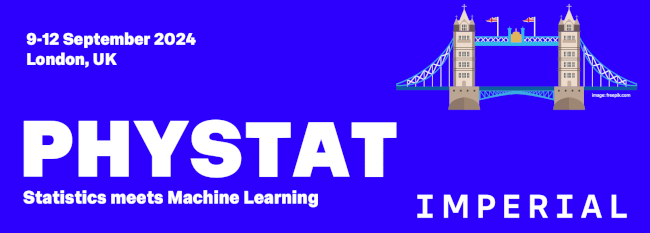Speaker
Description
The aim of this work is to solve the problem of hadronic jet substructure recognition using classical subjettiness variables available in the parameterized detector simulation package, Delphes. Jets produced in simulated proton-proton collisions are identified as either originating from the decay of a top quark or a W boson and are used to reconstruct the mass of a hypothetical scalar resonance decaying into a pair of top quarks in events where a total of four top quarks are produced. We compare a simple cut-based tagging method for the stacked histograms of a mixture of the Standard Model and new physics processes with a multi-layer perceptron classifier and a gradient boosting classifier. Due to the sufficient amount of data, we applied various undersampling techniques to the training sets. Our findings demonstrate that gradient boosting methods provide better results than the other tested approaches.
